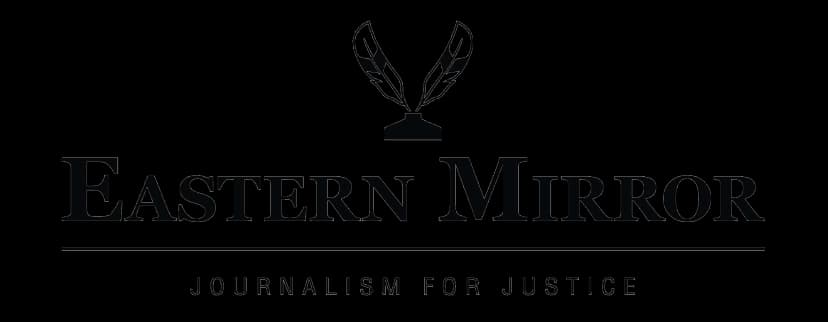THURSDAY, AUGUST 28, 2025
- Home
- Reconciliation for Naga Future
Reconciliation for Naga Future
A final solution to the decades-long Naga political issue has proven to be an illusion, as what appears to be within reach is, in reality, far away and more complex than it seems.
Published on Aug 27, 2025
Share
A final solution to the decades-long Naga political issue has proven to be an illusion, as what appears to be within reach is, in reality, far away and more complex than it seems. With divisive forces at work both within and outside Naga society, and the Nagas—both the general public and political groups—turning a blind eye to the destructive developments unfolding around them, there is no end in sight to the protracted political issue, and the proliferation of Naga groups continues. Today, there are more than 20 Naga political groups (NPGs) and counting, with each faction refusing to work together or fight as a unit, though the cause is one and the same. This fragmentation has weakened the once formidable force. The Naga public is also divided along tribal lines, with many individuals aligning themselves with factions for personal reasons rather than for the common cause. People are left frustrated by the prolonged delay in a solution, confused by the ever-growing factions, and visibly burdened by multiple taxation from various NPGs, yet they have failed to bridge the divide among themselves. This divide, existing both among the insurgent groups and the public, is having far-reaching consequences on the common aspiration of the people for a dignified society, for which hundreds have paid with their lives.
The Government of India has made it clear that there will be only one solution for the Naga political issue. It is reasonable for the simple reason that the cause is one, though their antics—including the signing of two agreements for two groups on the same issue—are perplexing. But instead of lingering in the blame game and accusing the Indian government of employing a divisive policy, the Naga people would do well to speak with one voice and make a united push in the peace process for a permanent, acceptable solution. When people are scurrying for an answer amid growing doubts stemming from repeated false promises, the recent meeting at Ungma village offered a glimmer of hope. Leaders from 16 NPGs and 34 tribal hohos representing Arunachal Pradesh, Assam, Nagaland and Manipur gathered for the meeting, organised by the Forum for Naga Reconciliation (FNR), to hammer out a common pathway for addressing the Naga issue. The Ungma Statement, an outcome of the assembly, called for the rejection of divisive narratives, the embracing of forgiveness, and convergence on common ground to pursue the shared political vision. It remains to be seen whether the initiative will yield positive outcomes, but the FNR's unwavering commitment to reconciling various Naga political groups—exemplified by the signing of the "Covenant of Reconciliation" in 2009—is commendable. These efforts should not go in vain. Some may argue that moving forward is easier than looking back, but in the case of the Naga political issue, going back to where the movement began is essential for reconciliation and healing, by reminding ourselves of the common goal. This process is necessary to pave the way for the one solution that India also seeks to achieve.

